Amaryllis Seed Propagation: How To Plant An Amaryllis Seed
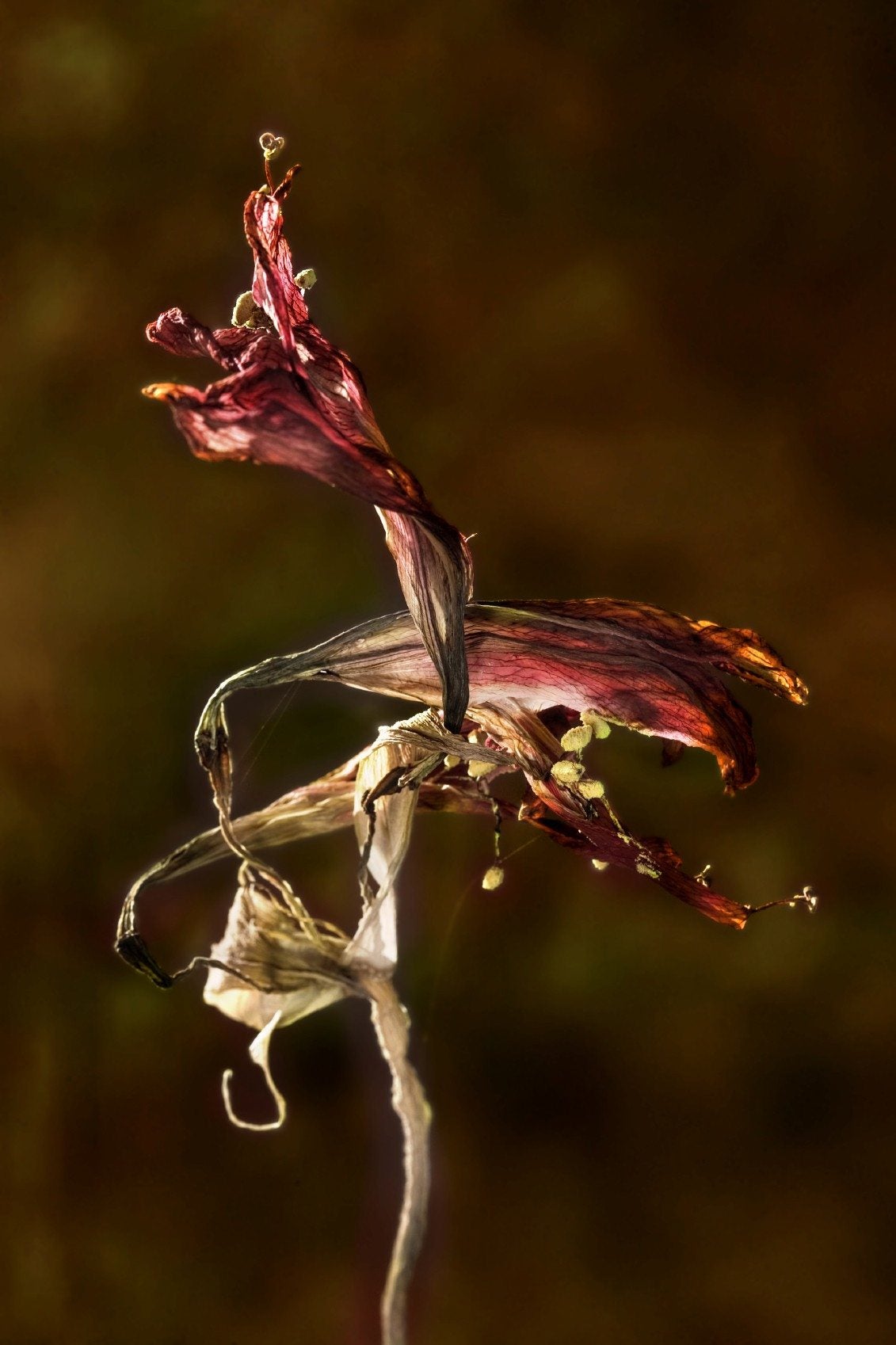

Growing amaryllis from seeds is a very rewarding, if somewhat long, process. Amaryllis hybridizes easily, which means you can develop your own new variety right at home. That’s the good news.
The bad news is that it takes years, sometimes as many as five, to go from seed to blossoming plant. If you have some patience, however, you can produce and germinate your own amaryllis seed pods. Keep reading to learn more about amaryllis care and how to plant an amaryllis seed.
Amaryllis Seed Propagation
If your amaryllis plants are growing outside, they may be naturally pollinated. If you’re growing yours inside, however, or you just don’t want to leave things to chance, you can pollinate them yourself with a small paintbrush. Gently collect the pollen from the stamen of one flower and brush it onto the pistil of another.
Amaryllis plants can self-pollinate, but you’ll have better results and more interesting crossbreeding if you use two different plants. As the flower fades, the little green nub at its base should swell into a seed pod. Let the pod turn yellow and brown and crack open, then pick it. Inside should be a collection of black, wrinkly seeds.
Can You Grow Amaryllis Seeds?
Growing amaryllis from seeds is absolutely possible, though time consuming. Plant your seeds as soon as possible in well-draining soil or vermiculite under a very thin layer of soil or perlite.
Water the seeds and keep them moist in partial shade until they sprout. Not all the seeds are likely to sprout, so don’t get discouraged. After germination, growing amaryllis from seeds is not difficult.
Allow the sprouts to grow for a few weeks (they should look like grass) before transplanting them into larger individual pots. Feed them with an all-purpose fertilizer. Keep the plants in direct sun and treat them like any other amaryllis.
Gardening tips, videos, info and more delivered right to your inbox!
Sign up for the Gardening Know How newsletter today and receive a free copy of our e-book "How to Grow Delicious Tomatoes".
In a few years’ time, you’ll be richly rewarded with a variety of blossoms that may never have been seen before.

The only child of a horticulturist and an English teacher, Liz Baessler was destined to become a gardening editor. She has been with Gardening Know how since 2015, and a Senior Editor since 2020. She holds a BA in English from Brandeis University and an MA in English from the University of Geneva, Switzerland. After years of gardening in containers and community garden plots, she finally has a backyard of her own, which she is systematically filling with vegetables and flowers.
-
 Terrifically Tubular Flowers For Hummingbirds: 9 Tube-Flowered Plants To Attract Hummers
Terrifically Tubular Flowers For Hummingbirds: 9 Tube-Flowered Plants To Attract HummersGrowing tubular flowers for hummingbirds helps you create the optimum feeding conditions for your winged friends. Here are nine tubed delights for hummers
By Tonya Barnett
-
 How To Grow Hydroponic Tomatoes For Fresh Indoor Harvests – No Soil Required
How To Grow Hydroponic Tomatoes For Fresh Indoor Harvests – No Soil RequiredLearning how to grow tomatoes in water is easy and allows you to harvest fresh-home-grown produce in every season without any mess.
By Ellen Wells
-
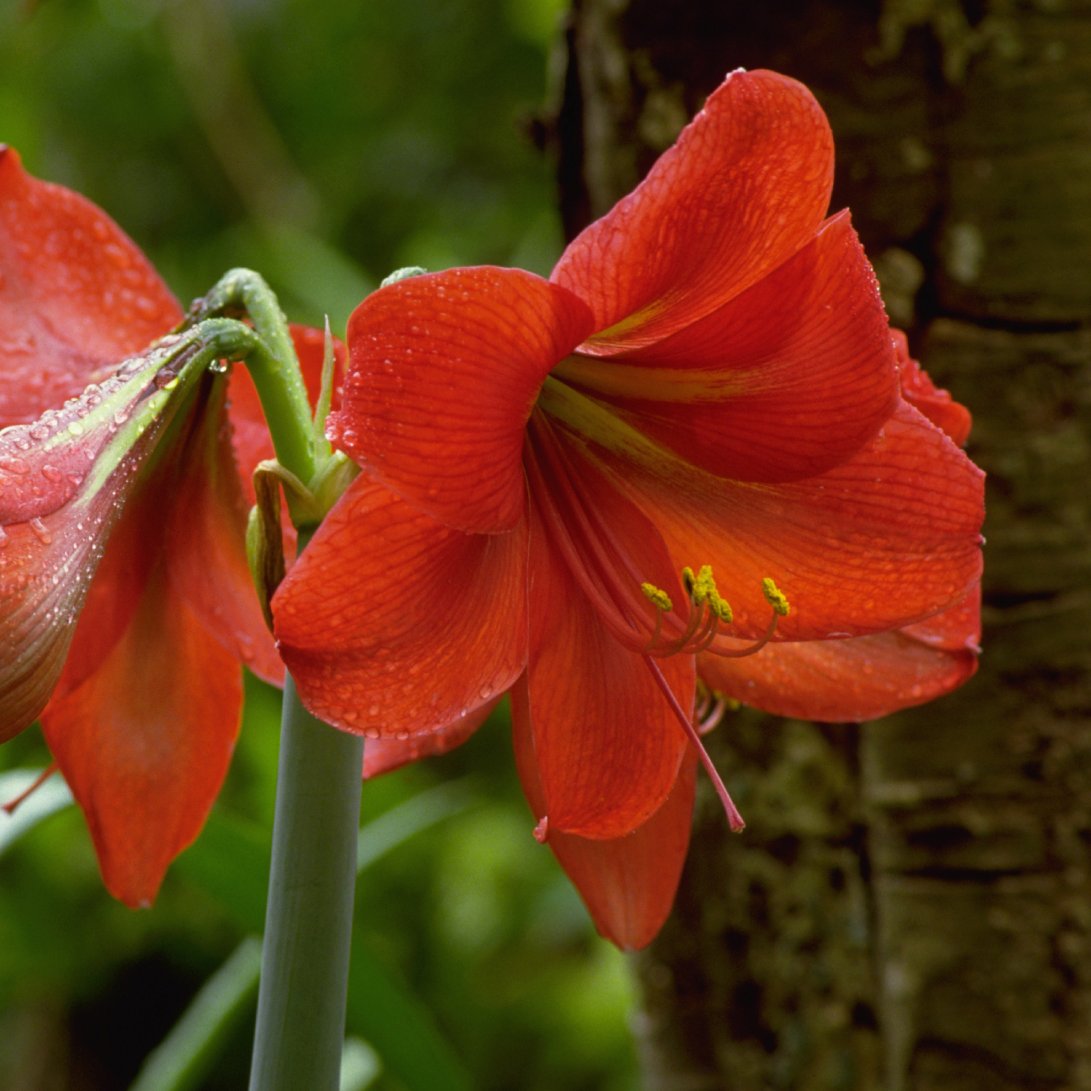 Amaryllis Southern Blight Disease: Recognizing Amaryllis Southern Blight Symptoms
Amaryllis Southern Blight Disease: Recognizing Amaryllis Southern Blight SymptomsBy Mary Ellen Ellis
-
 Amaryllis Has Leaf Scorch – Controlling Red Blotch Of Amaryllis Plants
Amaryllis Has Leaf Scorch – Controlling Red Blotch Of Amaryllis PlantsBy Tonya Barnett
-
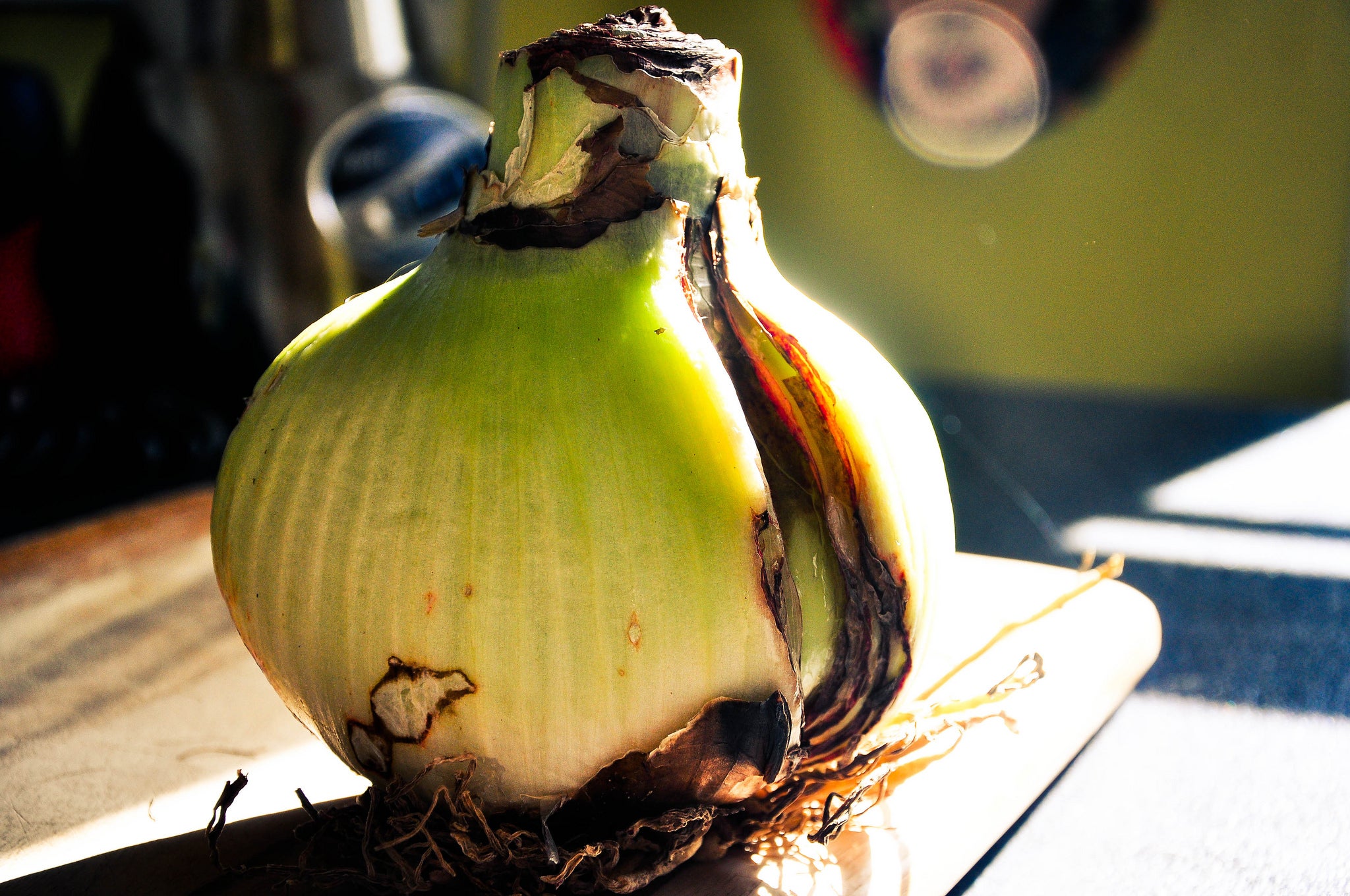 Amaryllis Bulb Rot – What Causes Rotten Amaryllis Bulbs
Amaryllis Bulb Rot – What Causes Rotten Amaryllis BulbsLike many potted plants, diseases and issues related to fungal infections can be detrimental to the development of the plant and may even cause it to die before it is able to bloom. Amaryllis bulb rot is one such issue. Learn more about this problem in the following article.
By Tonya Barnett
-
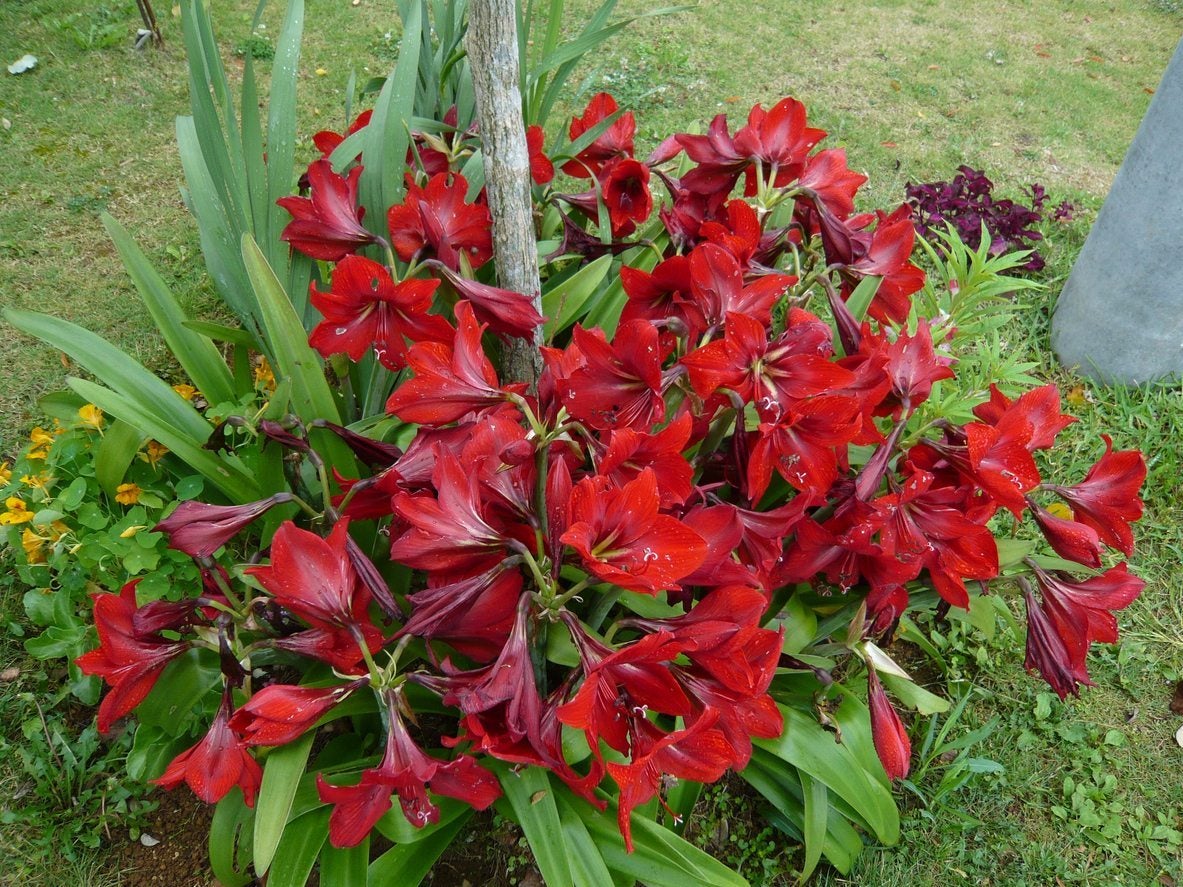 Separating Amaryllis Plants: How To Divide Amaryllis Bulbs In The Garden
Separating Amaryllis Plants: How To Divide Amaryllis Bulbs In The GardenLike many bulbs, in time and with the right environmental conditions, outdoor amaryllis bulbs will reproduce and naturalize. Amaryllis plant division is not only a way to control amaryllis colonies, but it also keeps plants healthy. Click here to learn more.
By Darcy Larum
-
 Complete Guide To Repotting Amaryllis – For Better Blooms & A Healthier Plant
Complete Guide To Repotting Amaryllis – For Better Blooms & A Healthier PlantAmaryllis plants don't need a lot of elbow room, but they do have to be repotted every 3-5 years. Wait until they're dormant and pick a slightly bigger pot.
By Teo Spengler
-
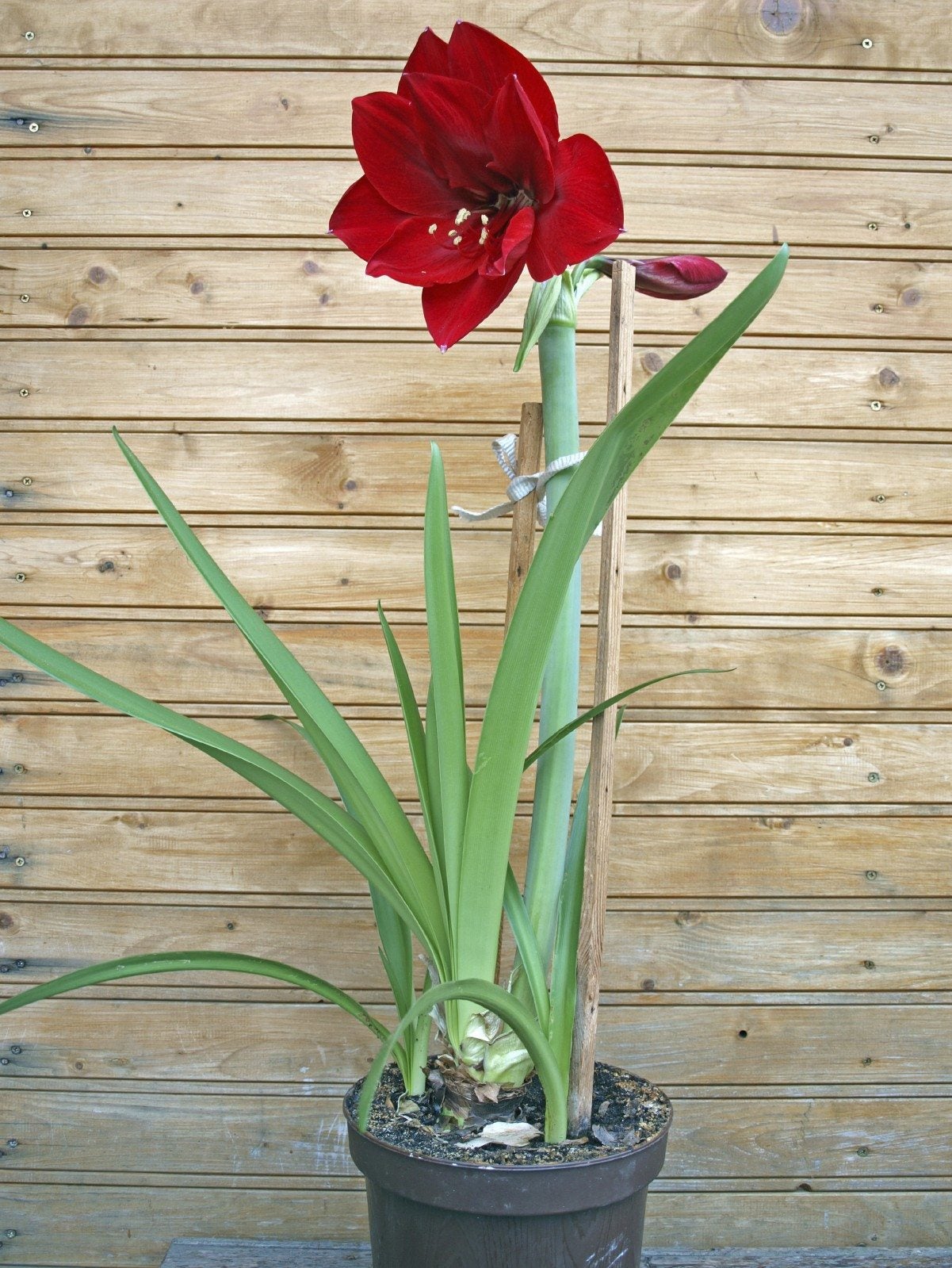 Staking An Amaryllis: Types Of Amaryllis Support Stakes
Staking An Amaryllis: Types Of Amaryllis Support StakesThe tall amaryllis stalks grow from bulbs, and each stalk bears four huge blooms. If your blooming plant gets top-heavy, you might need to learn about staking an amaryllis. Click this article for information about what to use for amaryllis plant support.
By Teo Spengler
-
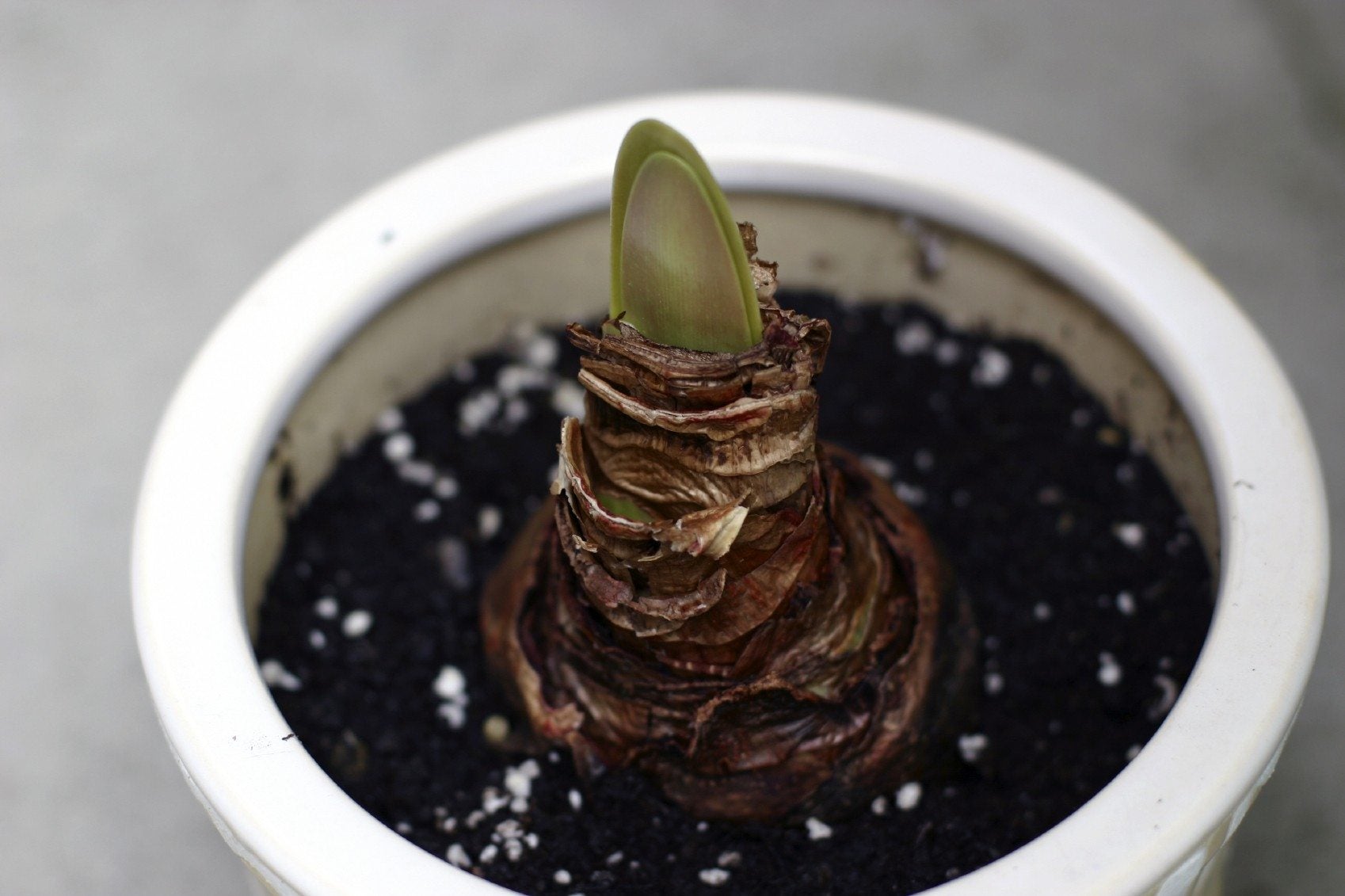 Soil For Amaryllis Plants – What Kind Of Soil Does Amaryllis Need
Soil For Amaryllis Plants – What Kind Of Soil Does Amaryllis NeedBecause it blooms in winter or early spring, amaryllis is almost always kept in a pot indoors, so you have more say in the kind of soil it grows in. So what kind of soil does amaryllis need? Learn about amaryllis soil requirements in this article.
By Liz Baessler
-
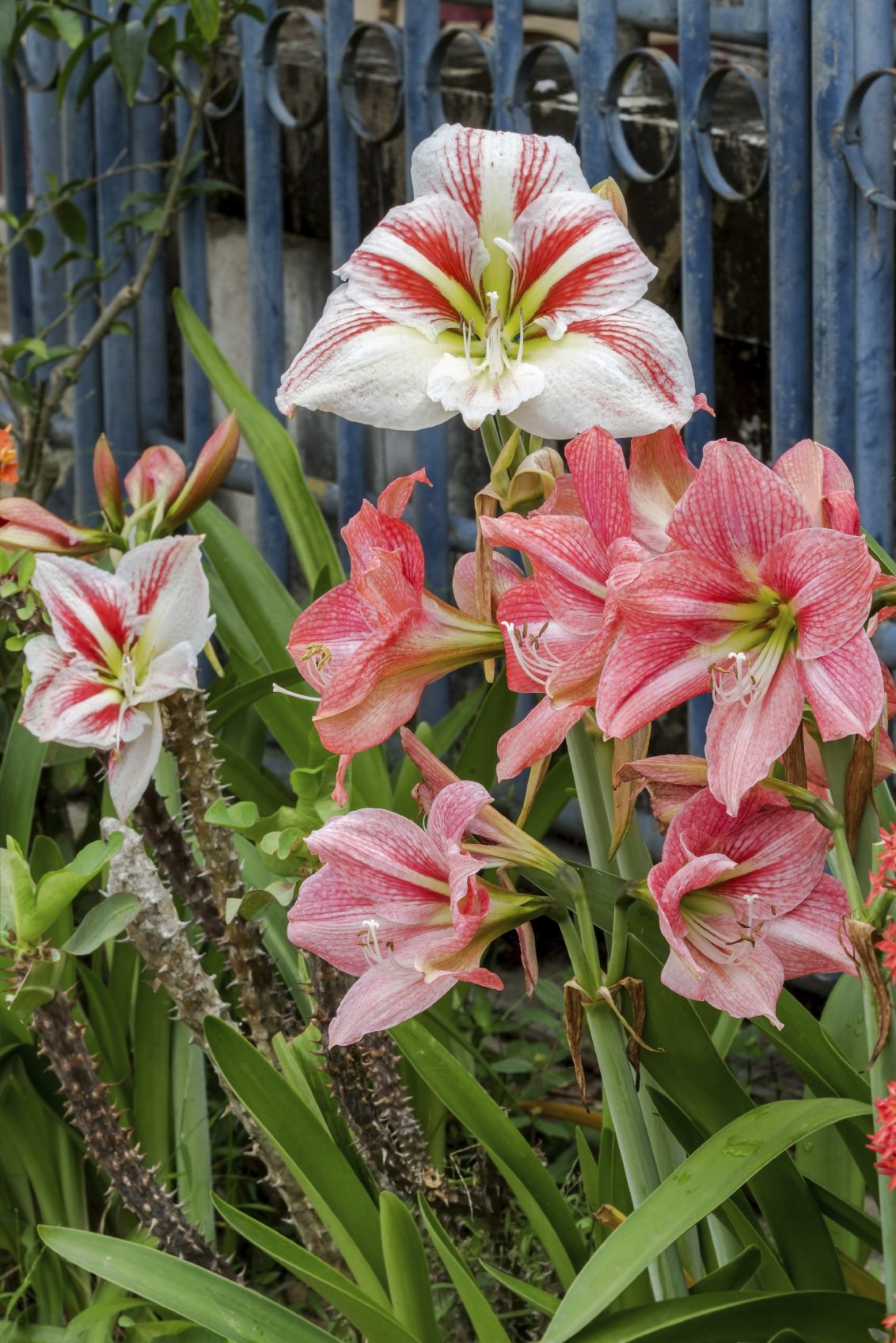 Amaryllis Flower Varieties: Different Types Of Amaryllis
Amaryllis Flower Varieties: Different Types Of AmaryllisAmaryllis is available in a variety of shapes and colors; in fact, almost too many different types of amaryllis to count. Click this article to learn about just a few of the many amaryllis flower varieties on the market.
By Mary H. Dyer